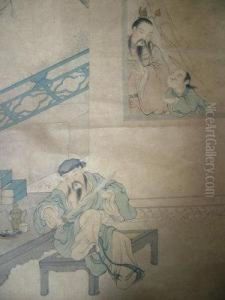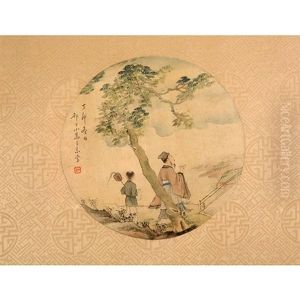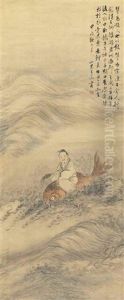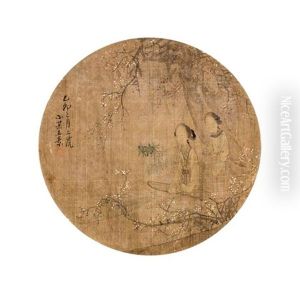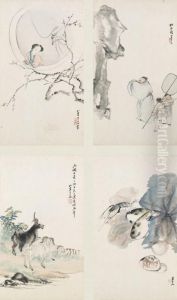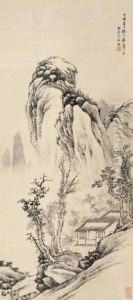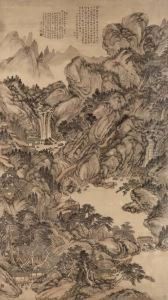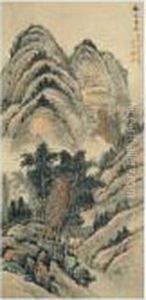Wang Su Paintings
Wang Su was a notable Chinese artist, scholar, and calligrapher of the Qing dynasty, recognized for his contributions to the Chinese art and literary scene. Born in a period of significant social and political change, his works often reflect the traditional Chinese literati spirit, embodying the values of scholarly learning and artistic refinement.
Wang Su's life was marked by his deep engagement with Confucian philosophy and classical Chinese literature, which greatly influenced his artistic and calligraphic style. He was adept at various forms of calligraphy, including the running script and the regular script, and his works were celebrated for their elegance and expressive power.
Throughout his career, Wang Su was also known for his paintings, which frequently featured landscapes, flowers, and birds, executed with a delicate touch and a profound sense of composition. His artwork not only demonstrates technical prowess but also conveys his personal contemplations and connections to the natural world.
In addition to his artistic achievements, Wang Su contributed significantly to the cultural and intellectual life of his time. He was a respected teacher and mentor to many, and his home became a gathering place for scholars, artists, and literati, where they would engage in discussions and exchange ideas on art, literature, and philosophy.
Wang Su's legacy is preserved in numerous collections and museums, and his works continue to be studied and admired for their beauty and depth. His life and art are emblematic of the enduring values of Chinese literati culture, blending artistic skill with scholarly learning and moral integrity.

